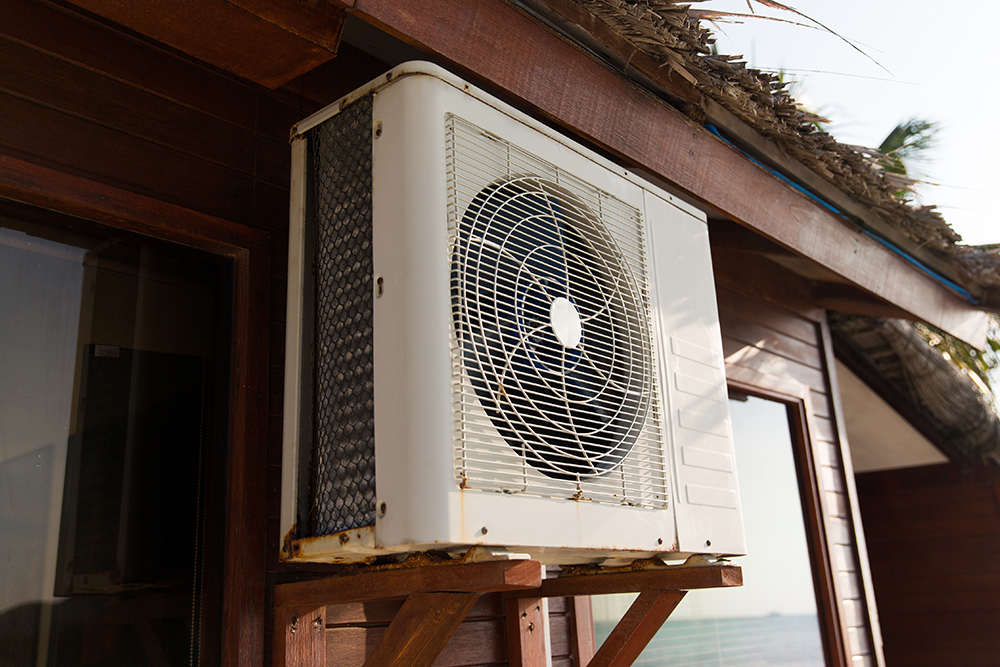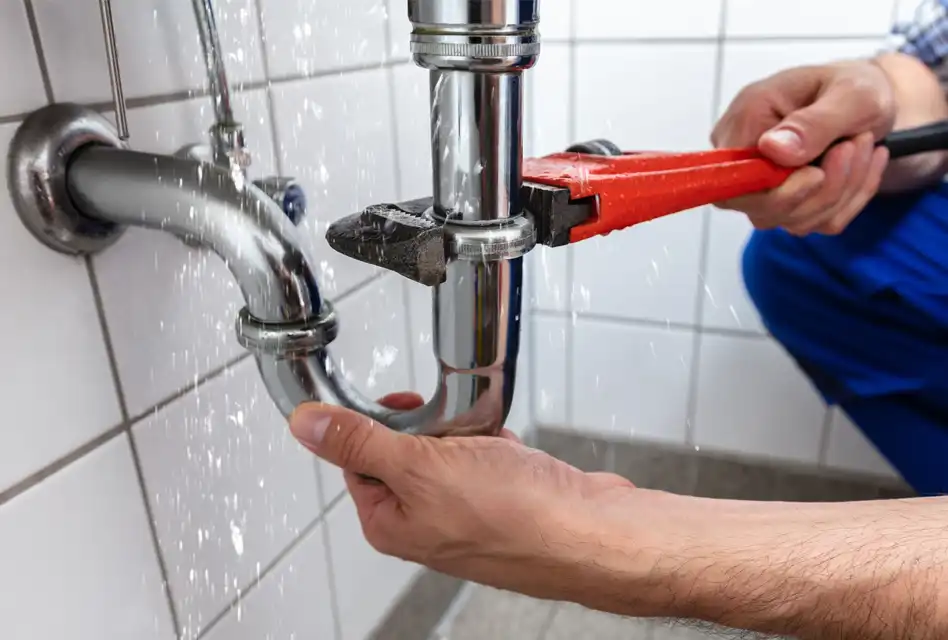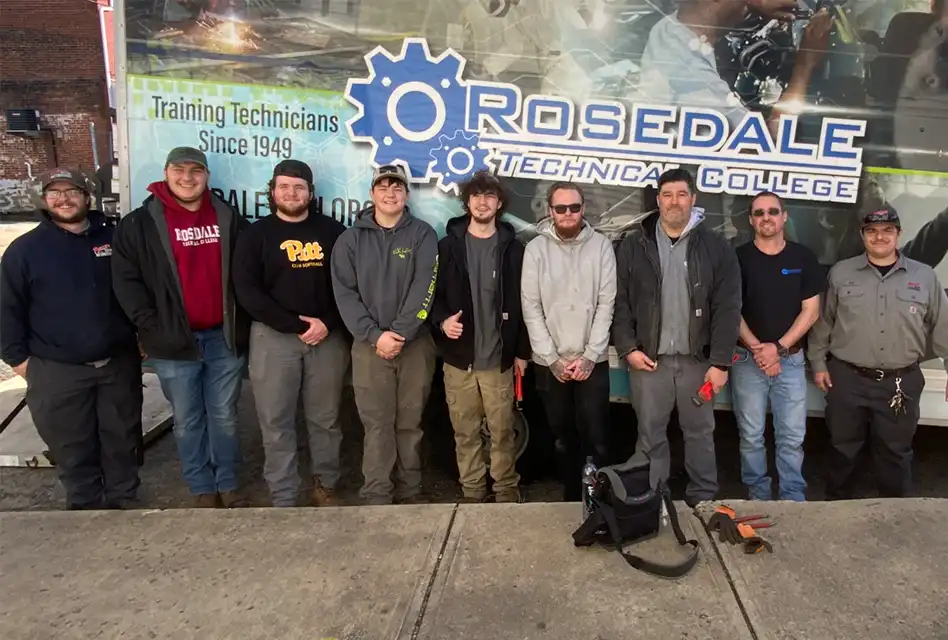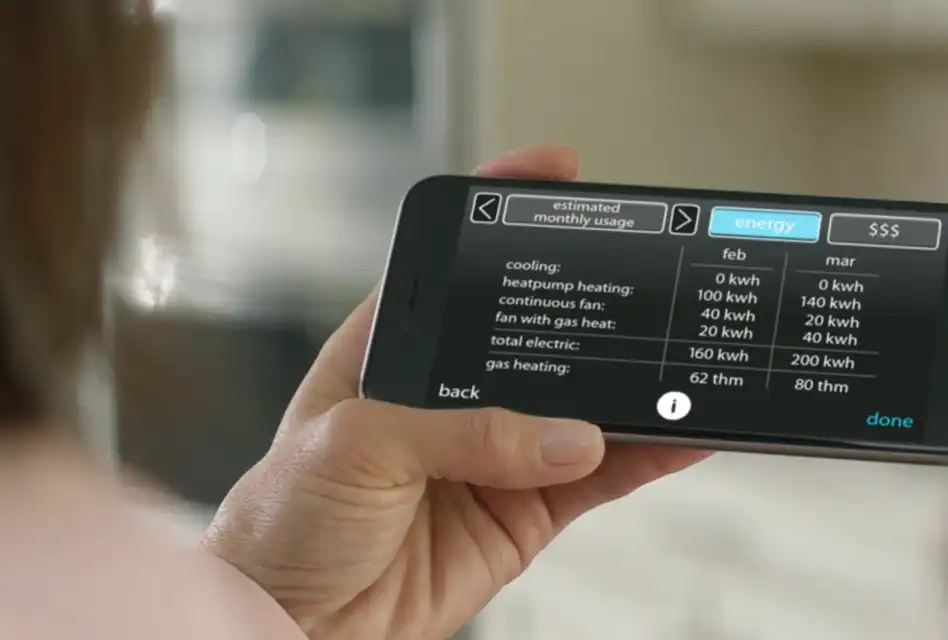Understanding the R22 Phaseout and How It Might Affect You
If your air conditioner was installed prior to 2010 and you haven’t heard about the R22 (also known as Freon) phaseout, then we highly recommend you continue reading this blog. Even if you’re aware of this imminent phaseout, you still almost certainly will want to read on to make sure you know exactly if and how it could affect your home and/or your business.
You may recall that when manufacturers of vehicular air conditioners phased out the old R12 refrigerant with the environmentally friendlier R134a, car owners with AC systems that were compatible only with the older coolant were scrambling for answers. Today’s homeowners could now face the same dilemma concerning the replacement of the R22 refrigerant, mostly depending upon the age of their A/C system.
First, some definitions.
Generally speaking, a refrigerant is a compound typically found in either a fluid or gaseous state. It readily absorbs heat from the environment and can provide refrigeration or air conditioning when combined with other components such as compressors and evaporators. R22 is a common refrigerant for residential and commercial air conditioners and became quite popular since it was introduced in the 1950’s.
How a refrigerant works
Without refrigerant, there simply would be no air conditioning, refrigeration or freezing technology.
Air conditioners contain refrigerant inside copper coils. As a refrigerant absorbs heat from indoor air, it switches from a low-pressure gas to a high-pressure liquid. Air conditioning components send the refrigerant outside where a fan blows hot air over the coils and exhausts it to the exterior.
The refrigerant then cools down and transitions back into a low-pressure gas. Another fan situated inside the home blows air over the cool coils to deliver the subsequent cold air throughout the building. Then the cycle repeats.
Here’s a bit of history behind refrigerants
To understand why R22 was banned, it helps to know why it was developed in the first place.
In general, refrigerants are based on an idea originally introduced by Benjamin Franklin (no surprise here) and John Hadley in 1758. They fashioned a formula that used the quick evaporation characteristics of ether and alcohol to cool objects down to sub-freezing temperatures.
Michael Faraday expanded the concept in the early 1880’s when he created an early version of the refrigeration cycle that included compressing and evaporating ammonia liquid. Twenty or so years later, the same technology was used to air condition hospitals and other large institutions by blowing air across blocks of ice.
Willis Carrier is generally credited with inventing the first commercially workable air conditioner. While the basic principle Carrier devised is still in use today, his system used methyl chloride, propane and ammonia refrigerants, which were all toxic or combustible when they leaked.
Eventually, a team of DuPont scientists came up with a group of products, including chlorofluorocarbons (CFC) and hydrochlorofluorocarbons (HCFC) which were the first non-toxic and non-combustible refrigerants developed for commercial use. DuPont used a numbering system to identify the various blends they targeted for different industries. Residential and light commercial A/C equipment used R22, which was extremely popular and widely available.
What’s the problem with R22?
Fast forward a few decades and you’ll find that some of the world’s top environmental scientists determined that R22 refrigerant was aiding in the depletion of the Earth’s ozone layer all along. That’s right, after decades of dumping about a million tons of this stuff into the air each year, scientists learned that R22 and similar refrigerants were not harmless at all.
Put simply, R-22 is detrimental to the atmosphere. It’s been determined that chlorine, a component of both CFC and HCFC refrigerants including R22, has been damaging the planet’s protective ozone layer and contributing to climate change since their introduction.
How so?
Put on your science cap. Once the chlorine is discharged into the air, it’s quite proficient in binding with organic and inorganic materials. CFCs and HCFCs are stable so they remain intact as they reach Earth’s stratosphere. Here, they are broken down by UV radiation where they release highly reactive chlorine atoms that then react with the ozone. This produces another reaction that discharges more chlorine atoms, and so a chain of reactions is generated, eventually wiping out the ozone.
Remember, the ozone layer captures harmful ultraviolet radiation before it arrives at the Earth’s surface. More importantly, it absorbs the portion of UV light called UVB. Without the ozone as a layer of protection, UVB seeps through. UVB has been linked to human health problems including skin cancers and cataracts as well as harm to some crops and marine life.
Additionally, the chlorine atoms make their way back down to the lower atmosphere where they form stable compounds. Here, they react with methane and create hydrogen chloride which reacts with water vapors to create hydrochloric acid. We call this acid rain.
What’s more, constant exposure to breathing chlorine over time has been proven to affect the immune system, the heart, the blood and the respiratory system in animals and humans.
What protocols have been made?
One of the first major international agreements to address these issues was the Kyoto Protocol in 1997. Recognizing that developed nations were principally responsible for the high levels of green house gas emissions, the Protocol placed a heavier burden on developed nations to take actions to deal with the problem.
In 2006, a world-wide Clean Air Act meeting was held in Montreal, Canada, to discuss and draft regulations regarding the use of ozone depleting substances. At this meeting, world leaders agreed to ban certain of these substances, with R22 being near the top of the elimination list.
Beginning in 2010, the Montreal Protocol limited the manufacture and importation of R22. And with that, total elimination from the market is scheduled for January 1, 2020. That’s right. As of the new year, R22 will completely disappear from the marketplace. Only recycled R22 will be available for existing air conditioners that still use R22 after 2020 and, as we’ll see below, the expense could be quite high.
How do I know if my current system uses R22?
First, you need to determine if this phaseout is even an issue for you. If your heating and air conditioning system was built after January, 2010, the R22 phaseout dilemma might not apply to you, because it’s possible your system uses the new, approved replacement refrigerant, R410a, a non-ozone depleting refrigerant blend commonly sold under the brand name Puron. However, systems installed after 2010 could potentially use R22, so it’s best to check with your HVAC professional at Phillips Heating & Air Conditioning.
Your equipment may also have a label that identifies the type of refrigerant used. If there’s no nameplate, dig through your “junk” drawers and find the owner’s manual for your air conditioner, or contact the company that sold or services your unit. If you know the manufacturer and model number, you could also contact the manufacturer to get the information.
Okay, what if my air conditioner does use R22? What are my options?
To be clear, the EPA regulates the sale of the refrigerant, not what you use in your system. The production, not use, of R22 is being phased out. You are not required to stop using R22 air conditioners nor to replace existing equipment.
So, while you aren’t required to change your refrigerant by law, at some point, your refrigerant will need to be replaced and R22 will no longer be available, at least not without paying a small fortune. And the price of servicing older systems with R22 will only climb as demand continues for a compound that is no longer produced or widely available.
If you are starting to think this is a great topic for an economics professor regarding supply and demand, you are spot on. Any air conditioners older than 2010 are more likely to use R22 which means there’s a lot more demand for it, and a reduced supply. Prices have only risen and will continue to do so due to scarcity.
Keep in mind, too, that the average homeowner can’t purchase R22 on their own. Only an EPA-certified technician can do so. Also, there are strict regulations on how a refrigerant can be reclaimed and recycled, which also increases the cost. There are also requirements for importing, labeling, record keeping, reporting, destruction and reclaiming R22 from existing systems.
If you’re thinking, “Holy cow, this is starting to sound expensive,” you’re right, it is.
So, what can you do?
Turn your old system into a decorative lawn ornament? No, there is no need to go that far. Here are your options.
Buy an upgraded, more environmentally friendly system that uses an environmentally approved refrigerant.
You might decide on a total system replacement which means the removal of every component of the existing system, including the outdoor unit, the indoor unit all the lines and all the electrical wiring as well. This gives you an up-to-date system for the lowest usage cost and provides you with a long-term solution.
You might also opt to replace only the outdoor and indoor units and reuse the existing infrastructure.
This could mean a reduction in initial installation costs and you could still expect to see improvements in performance, energy efficiency and usage costs, without having to incur the expense of replacing the entire system.
Use a “drop-in” refrigerant.
Normally, a homeowner who is anxious about the cost of a new air conditioner searches for an alternative, and this sounds like an easy solution. After all, you can simply call your AC service technician to replace a few parts in your current air conditioning system to make it compatible with an approved air conditioner refrigerant, such as R410a.
Hold your horses! The term “drop-in” is very misleading. You can’t just pour R410a into a cooling system that currently uses R22 after changing a few inexpensive parts. Because different refrigerants operate at different pressure levels and need different parts to run, this will result in the technician needing to replace the most expensive components of your system, so they are compatible with the new refrigerant. If this crucial step is avoided, your system will quickly stop running, and you’ll end up installing a new unit anyway.
You can understand why we strongly recommend against this route.
- Do nothing until your system needs an expensive repair. Is it worthwhile to pour so much money into a system in poor condition that must be replaced soon? That’s the choice you’ll need to make. Remember, too, you may have to go quite a while without air conditioning if you wait too long to have your system replaced.
- Your last option: Stick with using recycled R22 and, as we’ve described above, burn through your money like R22 burns through the ozone layer.
Obviously, the most straightforward option is to buy a new upgraded air conditioner now, especially if your current one is already more than 10 years old.
The R22 phase-out can mean added expense and headaches for some but the good news is that regardless of the steps you take to remedy the situation, you are not only reducing your future HVAC costs, but you’re also doing your part to protect our planet.
Remember, these regulations will help protect the ozone layer in the Earth’s atmosphere, which helps block radiation from the sun and prevents serious illnesses, such as skin cancer. It’s not implausible to say that you, as a homeowner, are a large part of this by replacing an old R22 unit with a newer, ozone friendly unit.
Fact is, Phillips Heating & Air Conditioning has many financing options that help make the purchase affordable and, again, we look out for rebates from HVAC manufacturers and local utilities to make it easier on you.
Give us a call today if you have any questions about the R22 phaseout and how it might affect your home or business.







